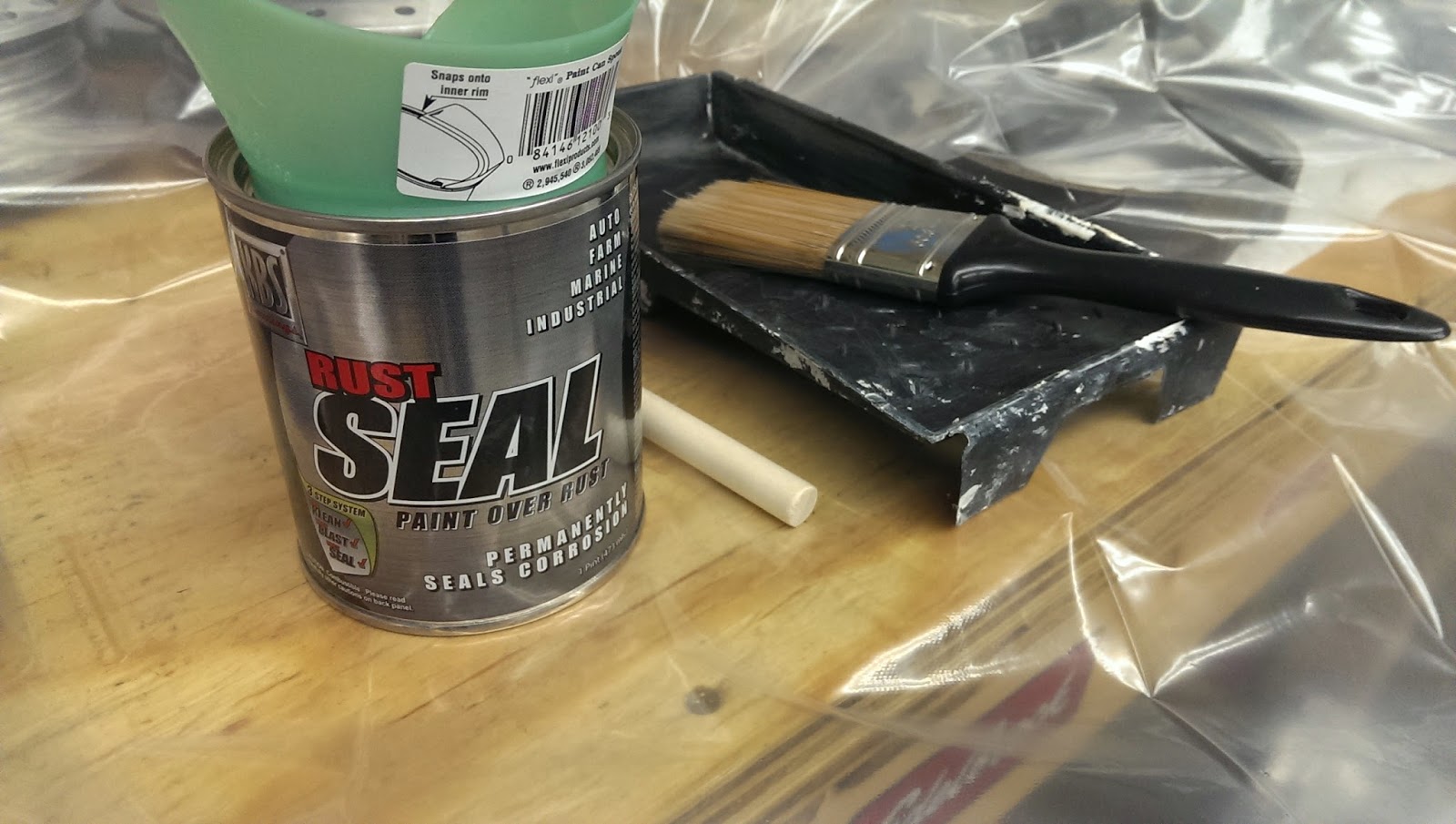Like many motorcycles 40+ years old, the original seat on this
bike was worn out. The vinyl was hard
and brittle, and there was a large tear in the cover.
The good thing is that there are plenty of reproduction/aftermarket seat covers available online.
One thing I noticed is that the instructions that came with the seat were very general and high level (pretty much worthless). This was the first time that I have done
this, but it turned out pretty good, so I wanted to share how I did it.
- Remove
the old seat Cover. There are metal
barbs that need to be bent out of the way to free the trim strip which is
attached to the vinyl cover.
- Before putting the new cover on, I cleaned up the seat pan, and painted it with rust seal paint, to restore it back to like new condition.
- Next, is to start fitting the new cover. The seat cover kit that I bought was not exactly the same as the original. The chrome trim was not attached as part of the vinyl, and there was a ½” strip of Velcro sewed along the base. I first stretched the cover over the front and back. I used heat gun to carefully soften up the material to make it more pliable as I pulled it into place. The heat gun also worked great to take out all the fold crease marks in the vinyl cover from the packaging.
- This kit also came with a strip of sticky back Velcro. I cut this into small pieces and stuck them to the seat pan so I could use them to temporarily hold the cover down with the Velcro strip sewed to the vinyl. I pulled the sides over and stuck them in place with the Velcro until the cover was taught and looked right. The Velcro trim and strips made this very easy to do.
- Now that the vinyl cover was positioned, I then began pressing in the chrome edging.As the edging is pressed on, I cut slits in the vinyl where the metal barbs need to poke through. I worked my way all around the seat pan with the edging with these steps – Press the edging on and cut a slit for the metal barbs.
- Once the chrome trim was all the way on, I squeezed all the metal barbs back into place to grip the trim piece to hold everything together.In the front portion, where the barbs were much smaller, I drilled a few holes and secured the vinyl cover with some pop rivets as well.
- Now that everything was secured, I cut off the extra material and removed the stick on Velcro strips from the seat pan.
- The last step then was to cut the holes in the sides so I could put the new handle on the seat. I am very pleased with how the finished product turned out.


















































